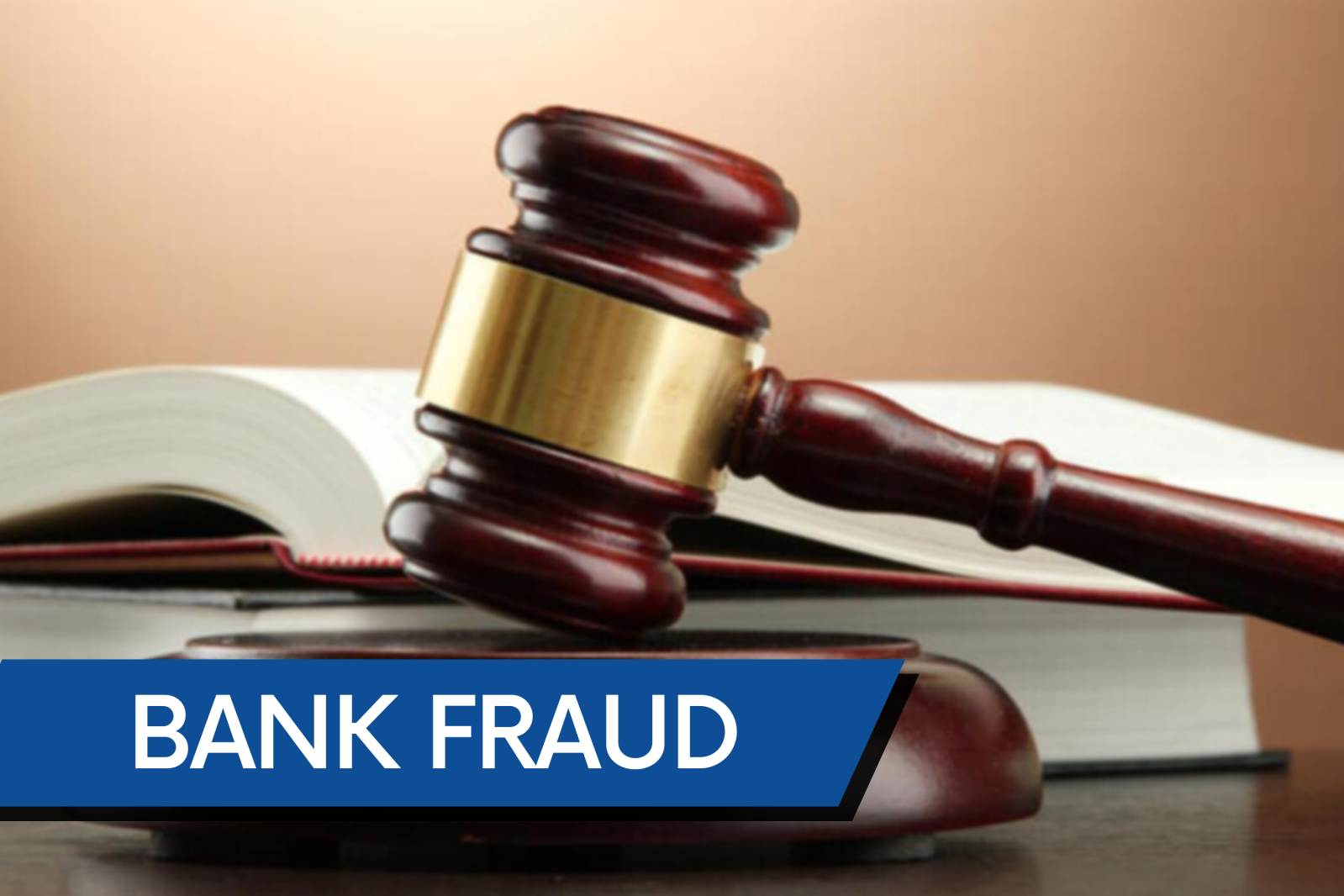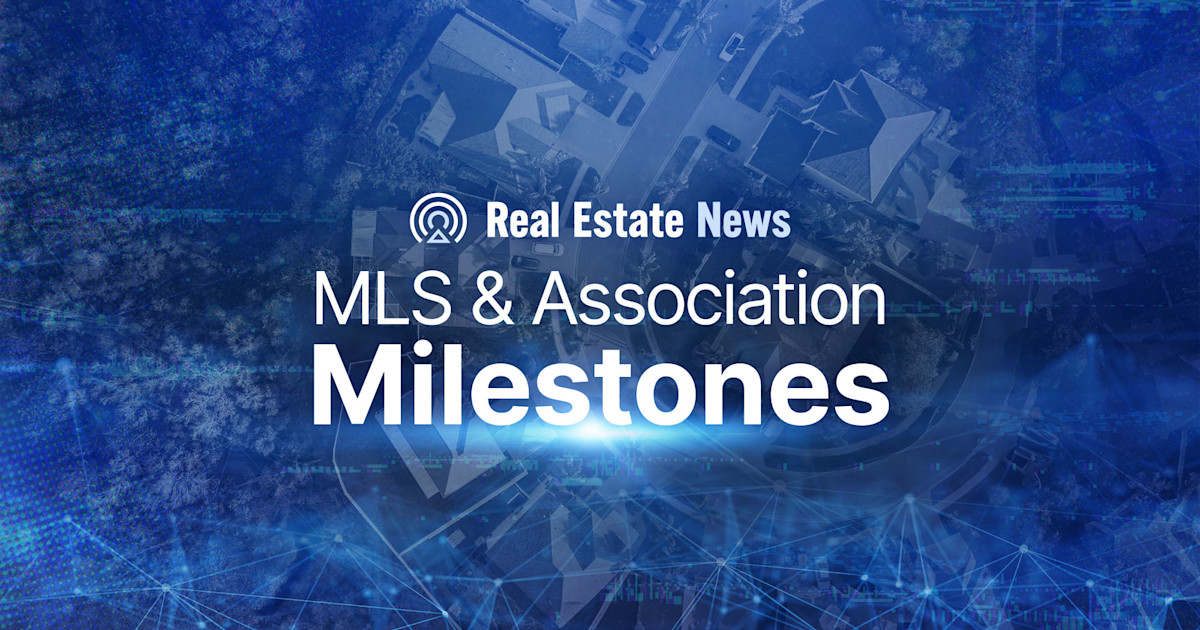H
omeowners facing financial difficulties may struggle to make their monthly mortgage payments. Mortgage relief through forbearance can provide temporary assistance. Forbearance allows borrowers to temporarily pause or reduce loan payments with their lender for a set period of time, typically up to a year or less.
During the COVID-19 pandemic, the rate of mortgage forbearance grew significantly due to economic downturn and the need to prevent foreclosures. A special program under the CARES Act enabled about 8 million homeowners to temporarily suspend their mortgage payments. Following the end of their forbearance period, most homeowners resumed their mortgage payments and avoided defaulting on their loans.
Since the pandemic, the rate of forbearance has dropped significantly, with only 180,000 homeowners in forbearance by the end of March 2025, representing 0.36% of the mortgage market. The majority of cases were related to temporary hardships such as job loss or injury; 21% were due to natural disasters.
Qualifying for mortgage forbearance typically requires borrowers to request it from their lender before stopping payments and demonstrate a sudden, short-term setback. Forbearance is not loan forgiveness; borrowers must pay back delayed payments and interest accrued during the forbearance period.
Homeowners who may qualify for forbearance include those experiencing property damage from natural disasters, unexpected medical costs, job loss, or temporary illness or disability. To apply, contact the mortgage servicer before missing any payments, provide evidence of financial hardship, and discuss repayment options.
Types of forbearance programs vary depending on lenders and borrowers' situations. Some special programs may be initiated due to broader economic hardships or natural disasters. Borrowers should ask their lender about the length of the forbearance period, potential extensions, and repayment plans.
Following forbearance, borrowers will need to resume normal mortgage payments and pay back delayed payments and interest accrued during that period. Repayment options include reinstatement, installments, deferral payments, loan modification, or selling the home.
Mortgage forbearance can affect credit scores if lenders report it to national credit bureaus. However, Experian notes that forbearance is a better financial alternative than foreclosure, which could significantly damage a person's credit and ability to qualify for future loans.
Forbearance can impact the housing market by affecting home sales, property values, and buyer confidence. Homeowners in forbearance who face prolonged financial setbacks may decide to sell their homes and find more affordable living arrangements. However, selling while in forbearance presents unique challenges, including understanding what's owed on the mortgage and weighing the pros and cons of selling.
Real estate professionals should refer clients to mortgage servicers for advice on mortgages and loan workout options. Homeowners can also find information on forbearance programs for government-sponsored loans through Freddie Mac, Fannie Mae, Federal Housing Administration, Veterans Affairs, and the Department of Housing and Urban Development.
The bottom line is that mortgage default often leads to foreclosure, which harms homeowners' financial futures and neighboring property values. However, during the COVID-19 pandemic, mortgage servicers offered forbearance to help cash-strapped homeowners remain in their homes while overcoming temporary financial setbacks. The success of these policies depends on exit options, which will vary for different homeowners depending on who owns their loan, services it, and their own financial circumstances at the end of the forbearance period.














